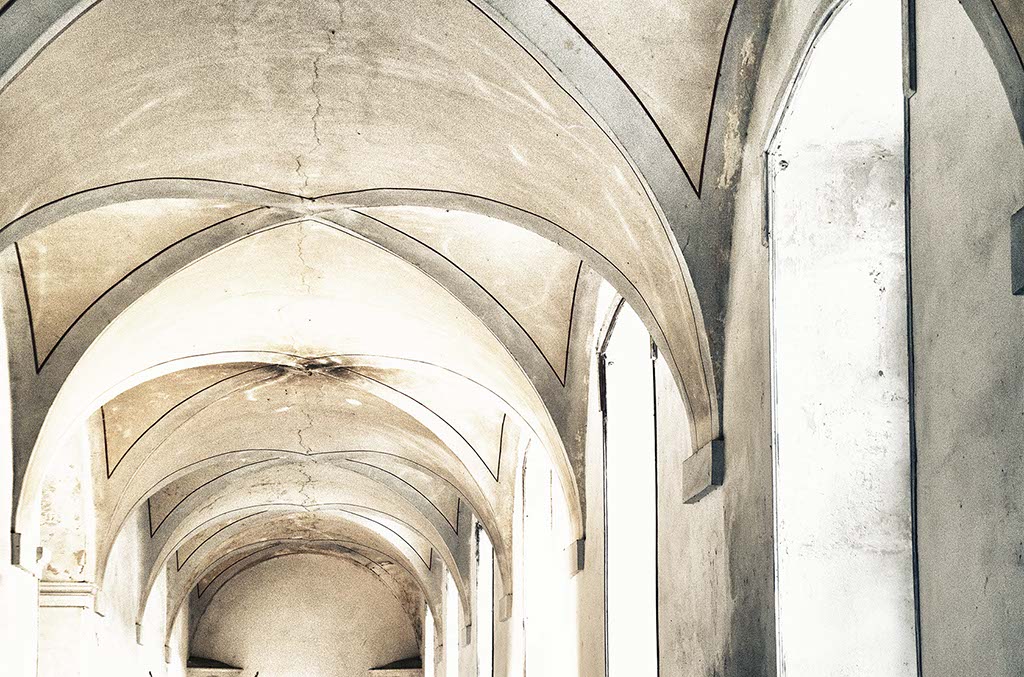History

The Abbey of Septfontaines originated as a religious retreat around 1123 with a priest from the Ardennes named Jobert, in the wild valley of Franchevaux, north of the current abbey. The small community which gathered there soon adopted the rule of Saint Augustine and transferred to the current location around 1125, where it received the name of Septfontaines from the powerful Bishopship of Langres.
In 1138, a papal bull confirmed the foundation of the Abbey, linking it to the Premonstratensian order, which has just been founded by Saint Norbert. It therefore embraced the principles of this order: community life at the service of the church, hospitality and social commitment directed towards the most deprived. Notre Dame and Saint-Nicolas are chosen as its patron saints.
From the 12th to the 14th century, Septfontaines developed rapidly under the protection of the Counts of Champagne and local lords. It founded the abbey of Mureau, as well as the neighbouring village of Blancheville. In 1299, Phillipe le Bel, King of France, and his wife Jeanne de Navarre, Countess of Champagne, raised it to the rank of a royal abbey. The fleur-de-lis now adorns his coat of arms. But in the 14th century it suffered the repercussions of the unrest and wars in France; the buildings were destroyed or badly damaged.
The abbey underwent two major reconstructions: in the 15th century with Pierre Thomassin d'Andelot, and in the 17th and 18th centuries with the Reformed Premonstratensians, who brought prosperity again for over a century. After the Revolution it was used as a farm by its new owners, and divided into three lots. The nave of the church and part of the buildings collapsed; the abbey almost disappeared, but was given a new life from 1886 onwards: when Count Theodore Ducos, son of Napoleon III's Minister of the Navy and Anne Joly, a native of Haute-Marne, bought the estate and undertook a large-scale restoration while adding buildings and architectural elements that blend harmoniously with the ancient heritage. Upon his death, the abbey, which had become a beautiful residence, was placed in the public domain for some time and became a museum. But, once again badly maintained, it returned to the heirs of Count Ducos.
Today, it is the great-grandniece of Count Ducos who, with her family and the new generation, maintains the estate. In the spirit of the past, they open the doors of the historic Abbey to host groups in residence such as writers, artists, and students and also receive visitors and guests to share the experience of Septfontaines through various modalities (lodging rentals, gites, Airbnb guest, exchanges, etc). They participate in French Patrimonial Heritage Days in spring and autumn and host cultural events with the help of the association "Les Amis de l'abbaye de Septontaines".
